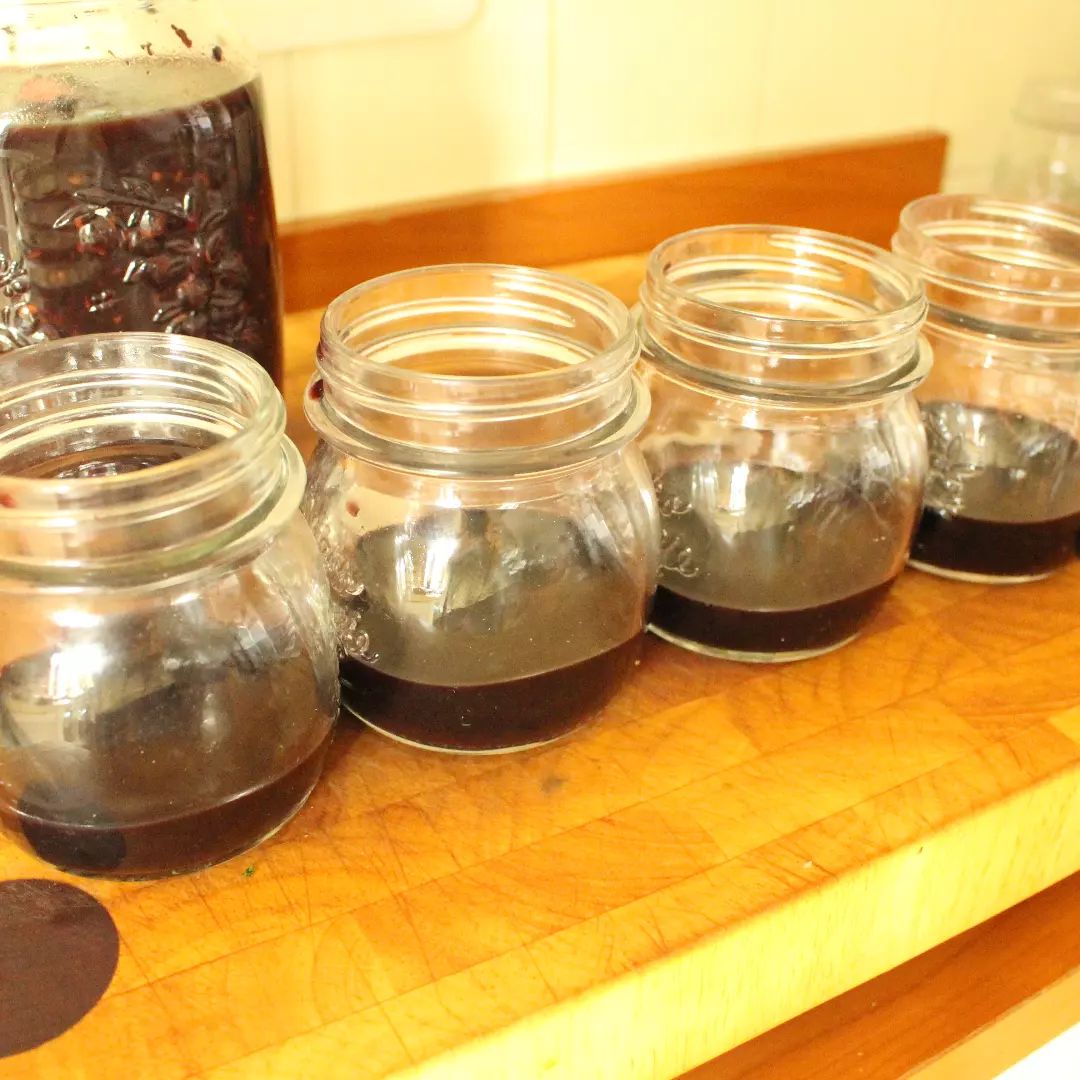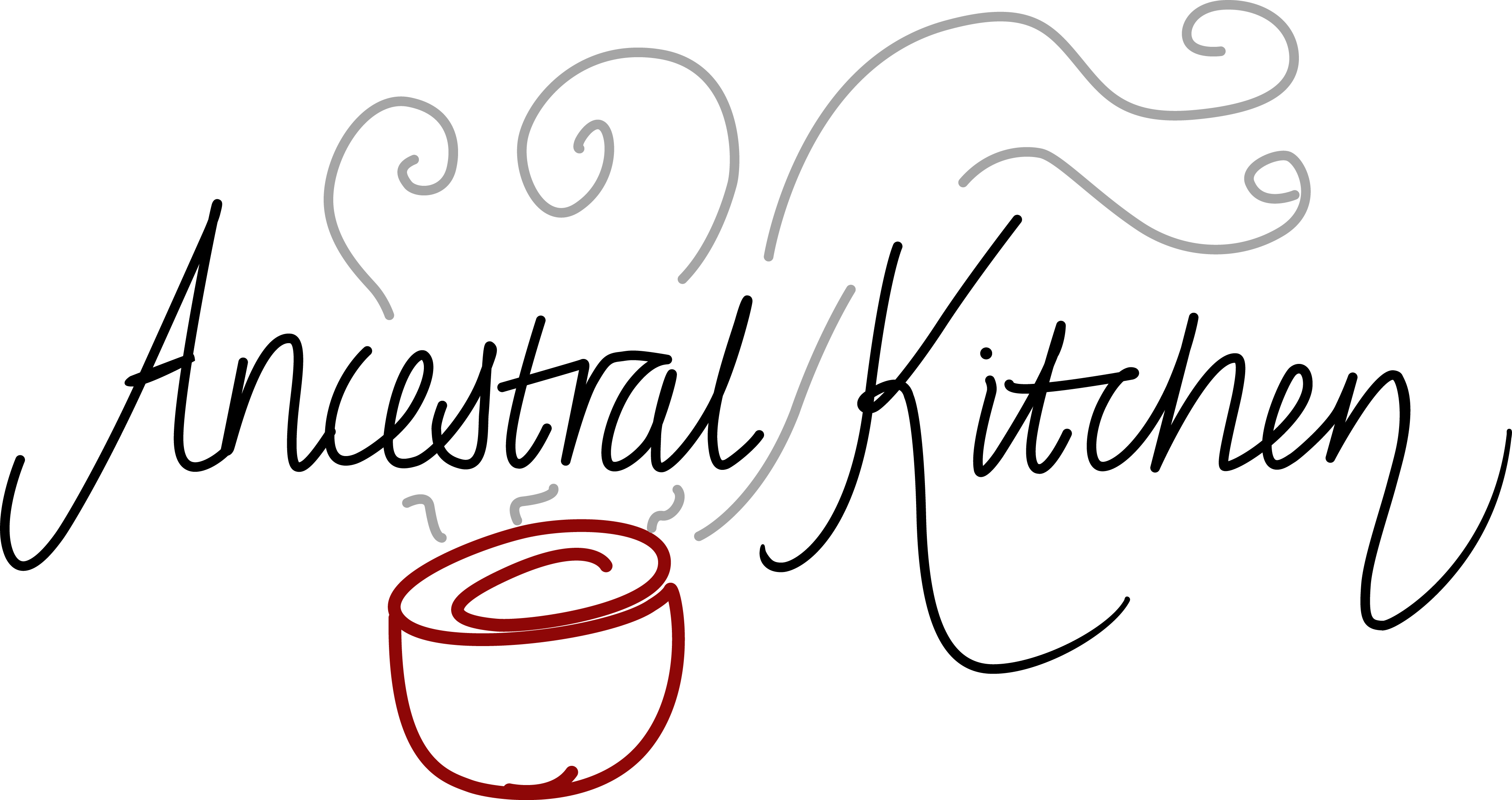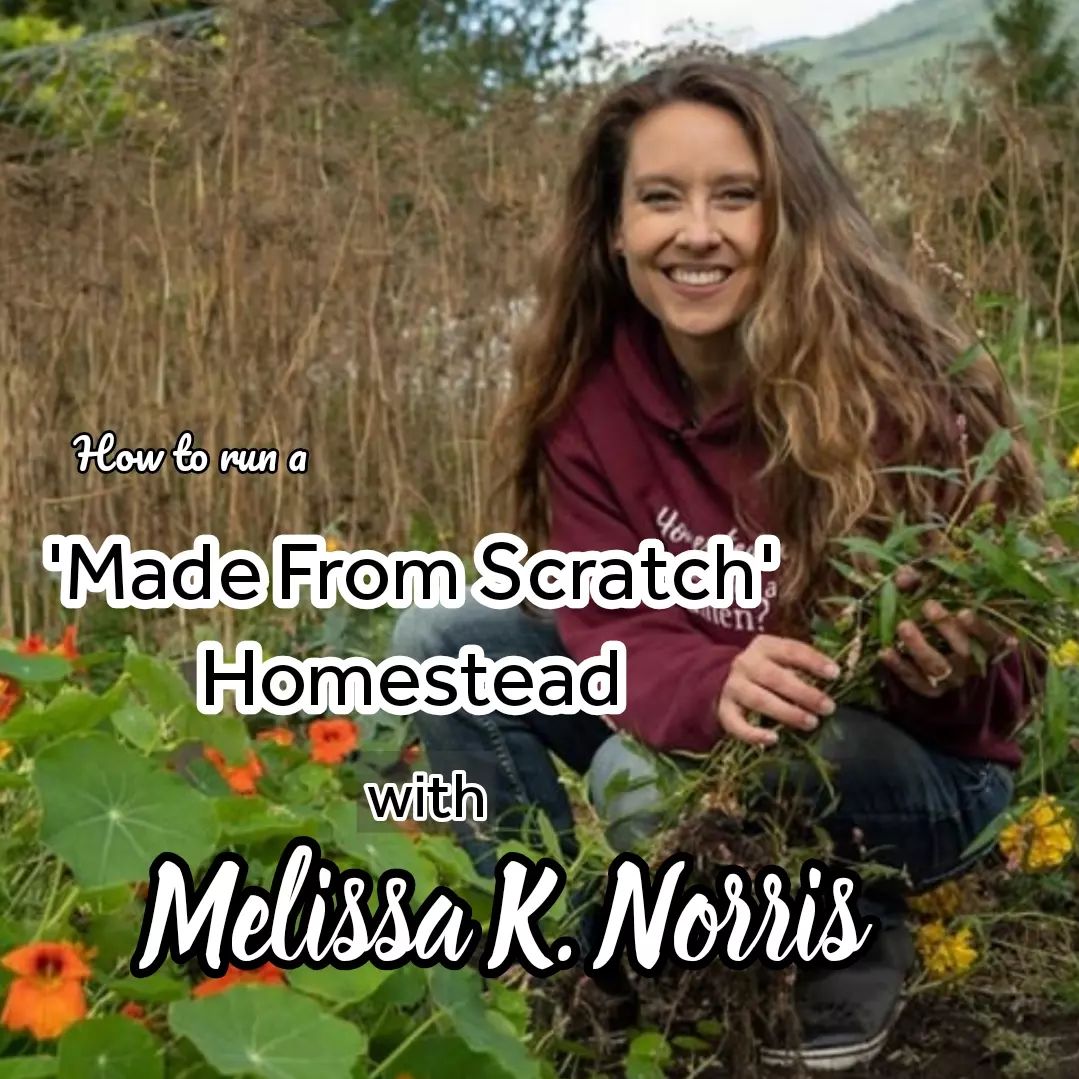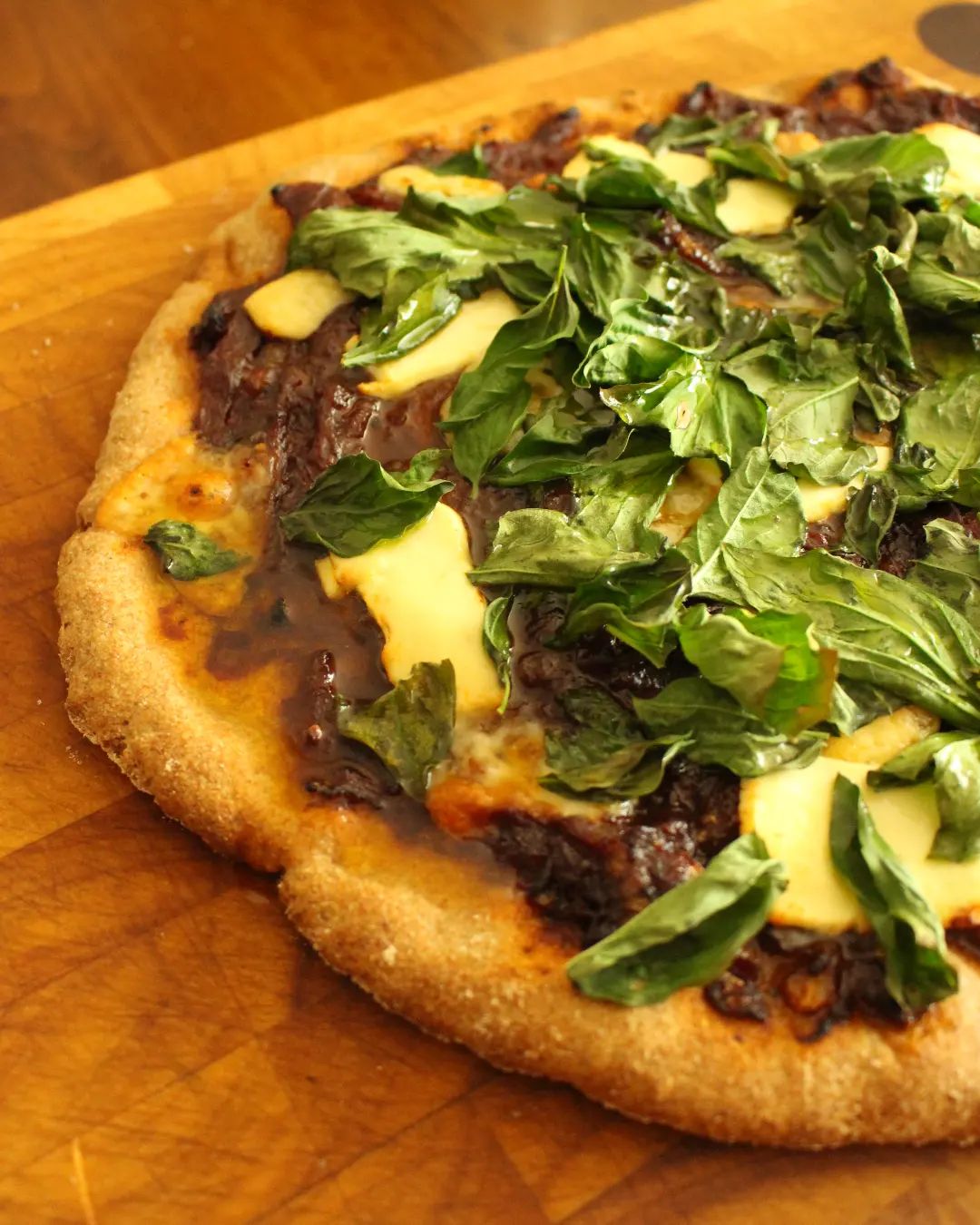Elderberry medicine my way means no sweetener (it’s sweet enough) and not throwing the ‘spent’ berries away. . Here are four containers of elderberry tonic. The berries were simmered for 30 minutes (2 cups fresh/1 cup dried to 2 cups water). Instead of adding honey/sugar to keep them from going bad, I’m going to freeze them. . Behind the small containers, in the big jar, is an experimental ‘spent’ elderberry soda. I plopped the fruit remains in there, added water, a couple of spoons of dark sugar and a spoonful of whey. It’s now happily fermenting on my counter! . I’ll put some video of the bubbling in my stories.

Elderberry medicine my way means no sweetener (it’s sweet enough) and not throwing the ‘spent’ berries away.
.
Here are four containers of elderberry tonic. The berries were simmered for 30 minutes (2 cups fresh/1 cup dried to 2 cups water). Instead of adding honey/sugar to keep them from going bad, I’m going to freeze them.
.
Behind the small containers, in the big jar, is an experimental ‘spent’ elderberry soda. I plopped the fruit remains in there, added water, a couple of spoons of dark sugar and a spoonful of whey. It’s now happily fermenting on my counter!
.
I’ll put some video of the bubbling in my stories.








